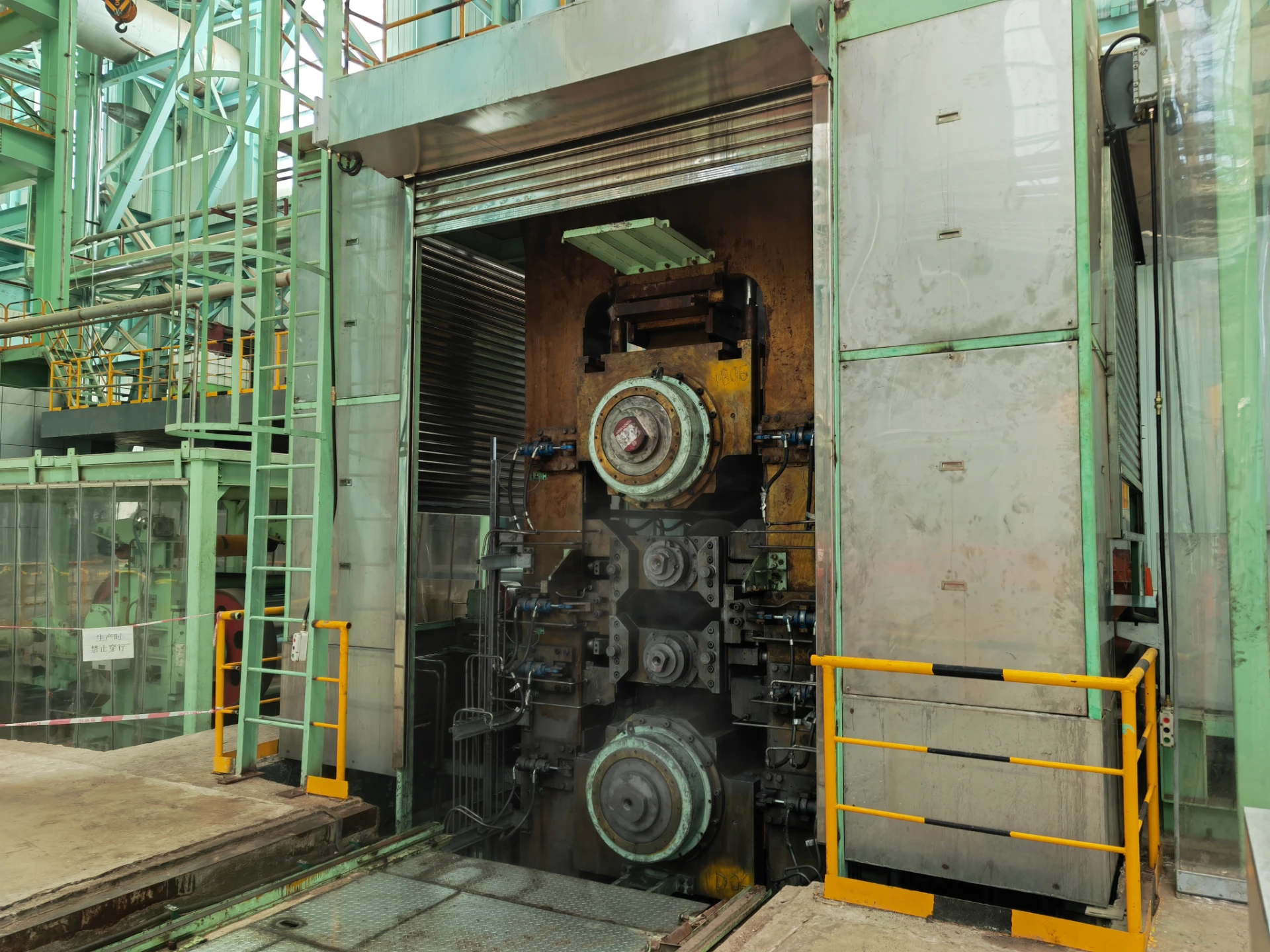
Looking for an Automated Packaging Machine That Boosts ROI?
What Today’s Automated Packaging Machine Really Delivers (From a Plant-Floor Insider)
I’ve spent enough time on production floors to know that an automated packaging machine is never just “a machine.” It’s the last line of defense before your product meets the real world: customers, carriers, climate, and chaos. In fact, the best lines I’ve seen behave more like orchestrated ecosystems—tight PLC logic, gentle but firm handling, fast changeovers, and traceability that auditors actually smile at. And yes, integration upstream matters more than people admit; even surface quality and flatness of metal sheet (think galvanizing lines) can make or break downstream packing yields.

Industry trends you can’t ignore
- Data-first packaging: OEE dashboards and PackML states baked in from day one.
- Gentle handling at speed: vacuum-assisted pick, servo-synchronized infeed, smarter buffering.
- Material agility: recycled films, paper wraps, and printable QR for unit-level traceability.
- Upstream-aware controls: lines talking to mills, coaters, and slitters—surprisingly helpful.
Quick aside: on a tour in Beijing, I watched a galvanizing line feed perfectly flat sheet into a downstream packer. No jams all afternoon. Not magic—just smart upstream processing. The Skin Pass Mill from Beijing YWLX (No.1518, LAR Valley Int’l, Guangwai Avenue, Xicheng District, Beijing, 100055) is built exactly for that: creating controlled roughness, improving flatness, and stabilizing mechanical properties to reduce yield plateau and stretcher strains. That upstream stability shows up later as fewer hiccups on a automated packaging machine.
Typical technical specs (real-world values may vary)
| Throughput | ≈ 40–180 packs/min (application-dependent) |
| Package formats | Flow-wrap, bag-in-box, tray + film, bundle wrap, coil/flat-sheet bundling |
| Changeover time | ≈ 5–20 min with recipe recall; tool-less where possible |
| Film/paper | PE, OPP, paper-based, recyclable mono-materials |
| Power/Air | ≈ 6–18 kW; 0.6–0.8 MPa clean, dry air |
| Controls | PLC + servo drives, PackML states, OPC UA/MQTT, vision QA |
| Service life | ≈ 8–12 years to major overhaul with proper PM |
Process flow and testing
Materials enter via infeed conveyors or roll stands, buffered to avoid starve/block. Product is oriented and grouped; film or paper wraps and seals (hot bar, ultrasonic, or cold-seal), then coded and checked by vision (seal integrity, label presence, barcode). QA diverts rejects. FAT/SAT follows ISO/IEC electrical safety, CE Machinery Directive, and a URS-driven test matrix: 8-hour endurance at target rate, 95%+ first-pass yield, and packaging waste ≤ 2% (to be honest, I’ve seen 1% on well-tuned lines). When integrated with stabilized sheet from a Skin Pass Mill, downstream misfeeds drop noticeably.
Where it’s used
- Food and beverage, pharma/OTC (with cGMP features), consumer goods, e-commerce.
- Industrial: bundling flat sheet, slit coil, and kits—especially after galvanizing/tempering.
Vendor snapshot (brief, practical)
| Vendor | Strengths | Considerations |
|---|---|---|
| Syntegon | High-speed flow-wrap, pharma compliance | Premium pricing |
| ULMA | Versatile formats, solid global support | Lead times can stretch |
| Ishida | Weighing + inspection + pack integration | Best for specific categories |
| Krones | Beverage ecosystems, turnkey lines | Complexity at scale |
| OEM (China, integrators) | Value, fast customization; can interface with mills like YWLX Skin Pass lines | Verify standards, documentation depth |
Customization that pays off
- Upstream-aware controls: coil/sheet dimensions from MES; fewer no-reads and jams.
- Recipe libraries per SKU; auto-adjust lanes and film draw.
- HMI in operator language; remote diagnostics (VPN, role-based access).
Many customers say the biggest win is stability: a consistent infeed condition reduces babysitting. Upstream Skin Pass Mills with rolling force up to 12,000 kN (widths to 1800 mm) can deliver flatter, more uniform sheet—nice synergy with a automated packaging machine.
Case notes (real but anonymized)
- Coated-sheet packer: 22% fewer stoppages after tying PackML states to mill coil data; OEE rose from 62% to 71% in 8 weeks.
- Food flow-wrap: switched to mono-material film; seal redesign + ultrasonic cut waste from 3.1% to 1.4%.
Compliance and test data
Look for CE (2006/42/EC), ISO 9001 QA, ISO 13849 PLd safety where applicable, IEC 60204-1 electrical, UL 508A panels, and PackML/OPC UA for interoperability. On SAT, I like to see MTBF trending ≥ 250 h and first-pass yield ≥ 95% over a 16-hour run. For metal lines, tying in surface-roughness data (Ra targets) from the Skin Pass Mill helps QA correlate seal quality and scuffing downstream. It sounds nerdy; it saves money.
Sources:
- EU Machinery Directive 2006/42/EC (CE) – Official Journal of the European Union.
- ISO 13849-1: Safety of machinery—Safety-related parts of control systems.
- IEC 60204-1: Safety of machinery—Electrical equipment of machines.
- UL 508A: Industrial Control Panels.
- OMAC PackML Guidelines for machine state models.
- ISO 9001: Quality management systems.
-
YWLX’s 1450mm Six-Hi Reversing Mill Goes Live in BangladeshNewsNov.24,2025
-
Adjusting Roll Gap in 6Hi Reversing Cold Rolling Mill for Thin StripNewsNov.13,2025
-
Quality Control Standards for Automatic Gauge Control in Strip RollingNewsNov.13,2025
-
Effect of Skin Pass Rolling on Metal DuctilityNewsNov.13,2025
-
Key Components of a Modern TempermillNewsNov.13,2025
-
Common Wear Patterns of Work Roll in Tandem Cold Mill OperationsNewsNov.13,2025
-
Revolutionary Skin Pass Rolling Technology for Enhanced Steel QualityNewsNov.04,2025










